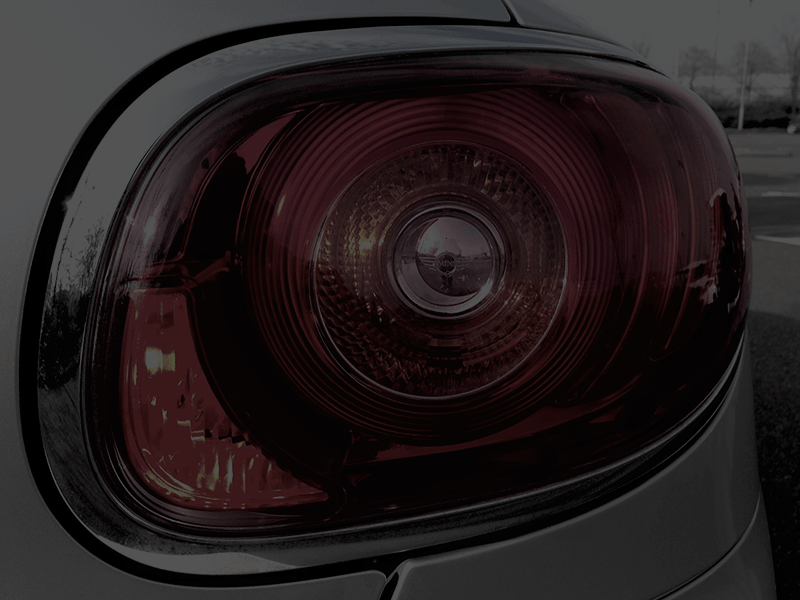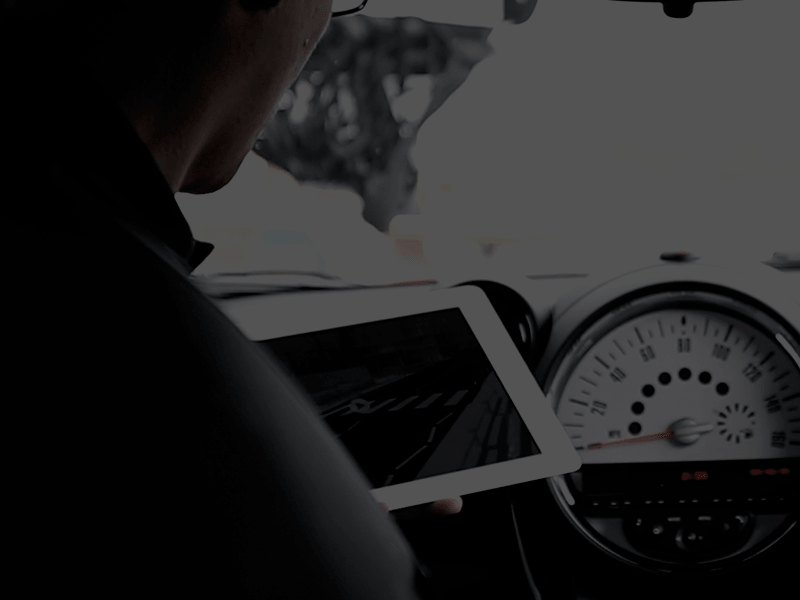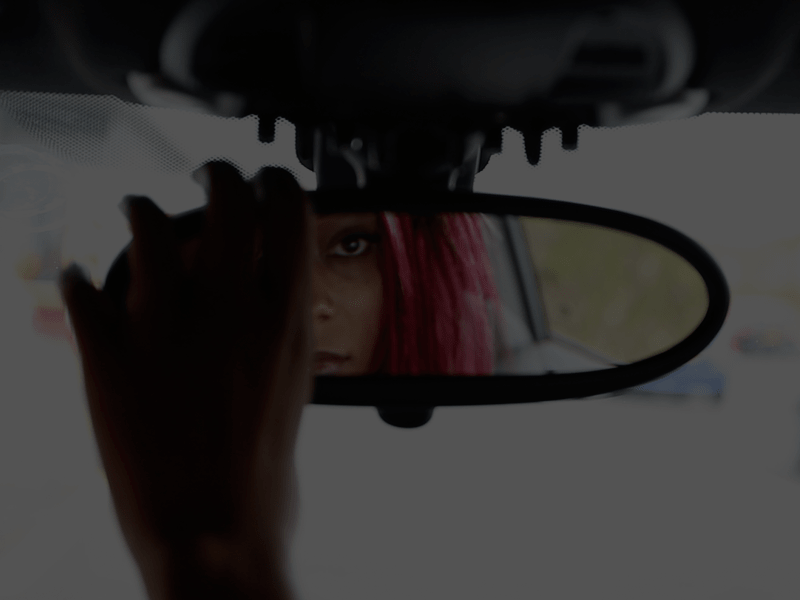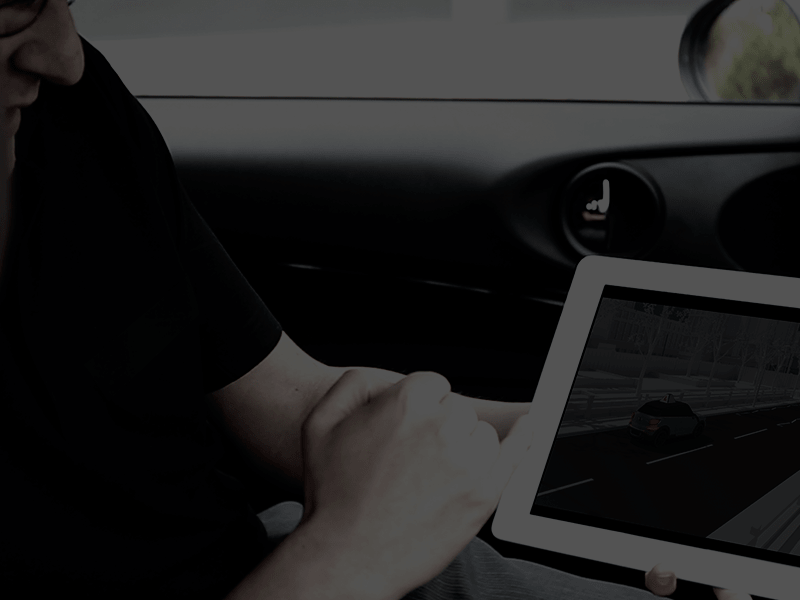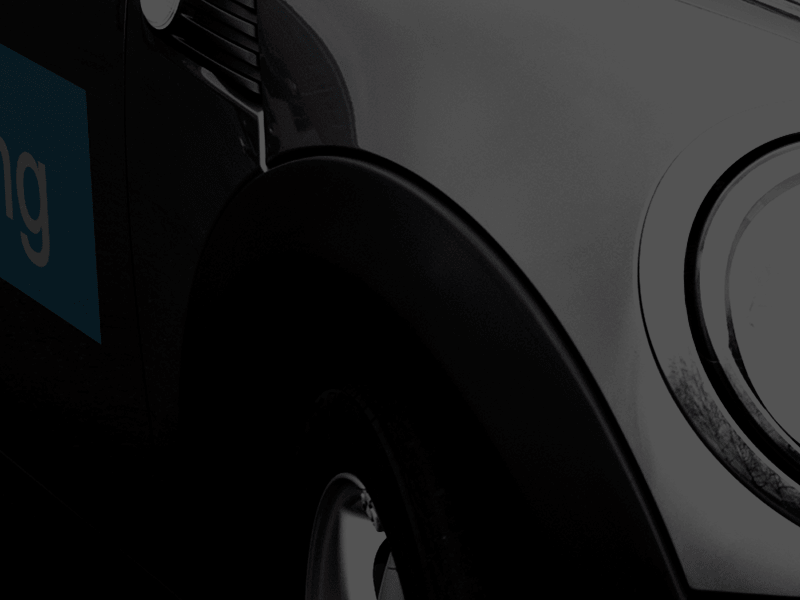Driving Tips – Why we need gears
If you think the best gear for driving in town is jeans and a T-shirt, read on!
Gears are fitted to motor cars so that the driver can use the engine as efficiently as possible.
The gears allow the car to be easily controlled in a range of situations, at a range of speeds.
The basic rule: change up through the gears as the speed increases, down through the gears when you need more power from the engine and there is not enough power in your current gear.
When do I change gear?
If you try to learn about gear changing by reading a book or Googling you can be excused if you get a bit confused.
For example if we take two extremes:
A fast sports car might go as fast as 80+mph in second gear
In some circumstances 4×4 might be flat ‘out’ at 50 mph in 5th gear
There are no fixed speeds at which you should change gear – the gear change speed will depend on the type of car and what you want it to do.
Driving normally you might change up to 4th gear at around 25/30mph, but if you were climbing a steep hill you might stay in 3rd gear at 40mph, when overtaking you could be doing 60mpg in third then missing out fourth altogether and changing direct to 5th or 6th.

As you gain experience you will develop a ‘feel’ for when to change gear. With your instructor’s guidance you’ll soon learn to listen to the sound of the engine, feel the vibration of the car or watch the rev-counter to decide when to change.
Gear changes are generally made when the car changes its speed range. Each gear has a range of speeds for which it is best suited; when you need to move outside this range, by either driving faster or slower, you change gear.
It is not necessary to change through the gears in any specific order; you can, for example, change directly from fourth to second gear. It is, however, very important to ensure that your speed will match the gear that you select.

The best way to learn when to change gear
Experiment! (You won’t break the car!)
With your instructor’s help notice how the car responds when you go faster and slower in any given gear. When does it feel like it’s going to stall? How ‘twitchy’ is the accelerator at 4500 rpm (ask your instructor about the rev counter).
Finally… Jeans and a T-shirt are fine, but you’ll need a jumper in winter.

